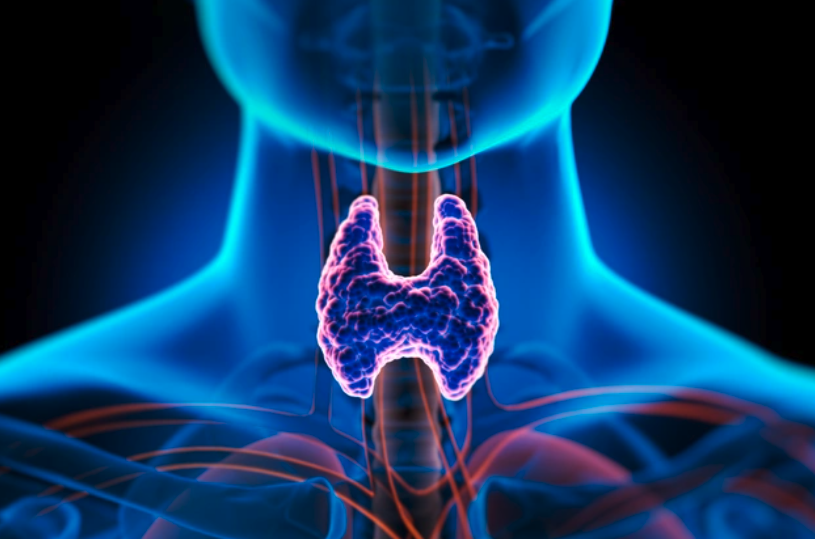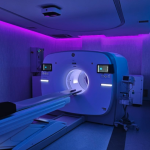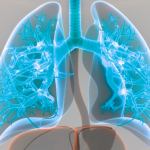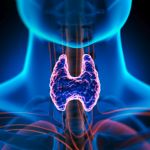Symptoms, Causes, and Treatment of Laryngeal Cancer
What is Laryngeal Cancer?
Laryngeal cancer, a significant health issue affecting the respiratory tract, impacts the larynx, an organ essential for breathing and sound production. This type of cancer involves uncontrolled cell growth in the larynx, leading to severe health problems if left untreated. Tumors can develop above or below the vocal cords or in various parts of the larynx. Over time, these tumors can spread to nearby tissues, including the thyroid gland, trachea, esophagus, neck lymph nodes, carotid artery, and upper spinal cord.
Symptoms of Laryngeal Cancer
The symptoms of laryngeal cancer depend on the cancer stage and the affected part of the larynx. Early stages may not show any symptoms, but as the disease progresses, several signs may become apparent:
Hoarseness
Persistent hoarseness or voice changes, especially if the vocal cords are affected.
Chronic Sore Throat
Deep, persistent throat pain extending to the pharynx and back of the larynx.
Difficulty Swallowing (Dysphagia)
Tumors in the larynx can make swallowing difficult, particularly solid foods, leading to weight loss.
Difficulty Breathing
Tumor growth can block the airway, causing breathing difficulties.
Prominence of Neck Veins
Enlarged lymph nodes can cause visible neck veins.
Cough and Phlegm
Advanced stages may cause chronic cough and bloody sputum due to airway irritation and tumor spread.
Bad Breath
Necrosis, infection, and waste accumulation in the throat can result in bad breath.
Additional Symptoms
- Ear pain
- Weakness
- Weight loss
- Palpable lumps in the neck or throat
Causes of Laryngeal Cancer
Laryngeal cancer arises from various factors that contribute to abnormal cell growth in the larynx. Key causes and risk factors include:
HPV Infection
Human papilloma virus (HPV) can lead to cancer in the mouth and larynx.
Occupational Hazards
Exposure to substances like asbestos, coal dust, wood dust, nickel, sulfuric acid fumes, formaldehyde, and isopropyl alcohol increases cancer risk.
Diet
An unbalanced diet and insufficient intake of fruits and vegetables may elevate the risk.
Chronic Reflux Disease
Stomach acid can damage laryngeal tissue and trigger cancer formation.
Age and Gender
The risk of laryngeal cancer increases with age and is higher in men than women.
Stages of Laryngeal Cancer
Laryngeal cancer staging helps determine how far the cancer has spread, from stage 0 to stage 4:
Stage 0
Carcinoma in situ, where cancer is confined to the surface cells, making it highly treatable.
Stage 1
Cancer reaches deeper laryngeal tissues but hasn’t spread to lymph nodes. Symptoms are usually mild.
Stage 2
Tumor invades deeper layers like the mucous membrane and cartilage tissues.
Stage 3
Cancer metastasizes to nearby tissues and lymph nodes, with more pronounced symptoms.
Stage 4
Cancer spreads to surrounding tissues and organs, leading to severe symptoms like hoarseness, difficulty swallowing, weight loss, and coughing up blood.
Diagnosis of Laryngeal Cancer
Early diagnosis is crucial for effective treatment. The diagnostic process typically involves:
Physical Examination
An otolaryngologist or oncologist evaluates symptoms and examines the larynx for abnormalities.
Blood Tests
Various blood tests monitor cancer progression and treatment response.
Imaging Tests
CT or MRI scans assess tumor size and spread, while PET scans check for metastasis.
Laryngoscopy
A thin endoscope inserted into the larynx through the mouth or nose allows detailed examination. This procedure is performed under local anesthesia.
Biopsy
Suspicious tissues are removed and examined to confirm cancer presence and type.
Treatment of Laryngeal Cancer
The treatment plan for laryngeal cancer depends on the disease stage and the patient’s overall health. Treatment methods include:
Surgical Intervention
Early-stage cancer may require surgical removal of cancerous tissues, often combined with chemotherapy and radiotherapy.
Radiotherapy
High-energy rays kill cancer cells and can support or replace surgical treatment. Temporary side effects include fatigue, nausea, and vomiting.
Chemotherapy
This treatment destroys cancer cells, reduces tumor size, and alleviates symptoms in advanced stages. Side effects may include hair loss, nausea, vomiting, fatigue, and loss of appetite.
Drug Treatment
Targeted drug therapies focus on molecular targets in cancer cells to reduce side effects and prevent spread.
Immunotherapy
This approach strengthens the immune system to recognize and destroy cancer cells.
Regular screenings and examinations are vital for assessing treatment progress. Early detection and treatment significantly improve outcomes for patients with laryngeal cancer. If you experience any symptoms, consult your doctor for prompt evaluation and care.




